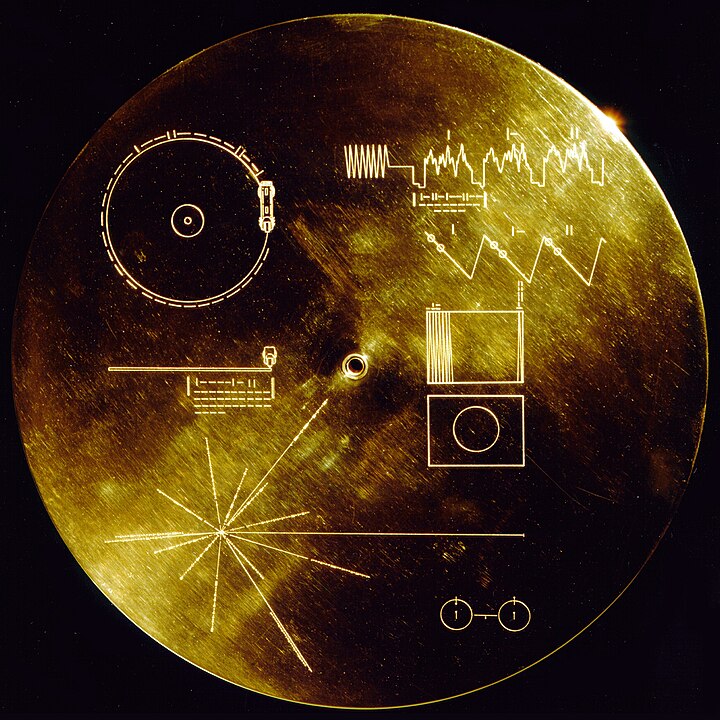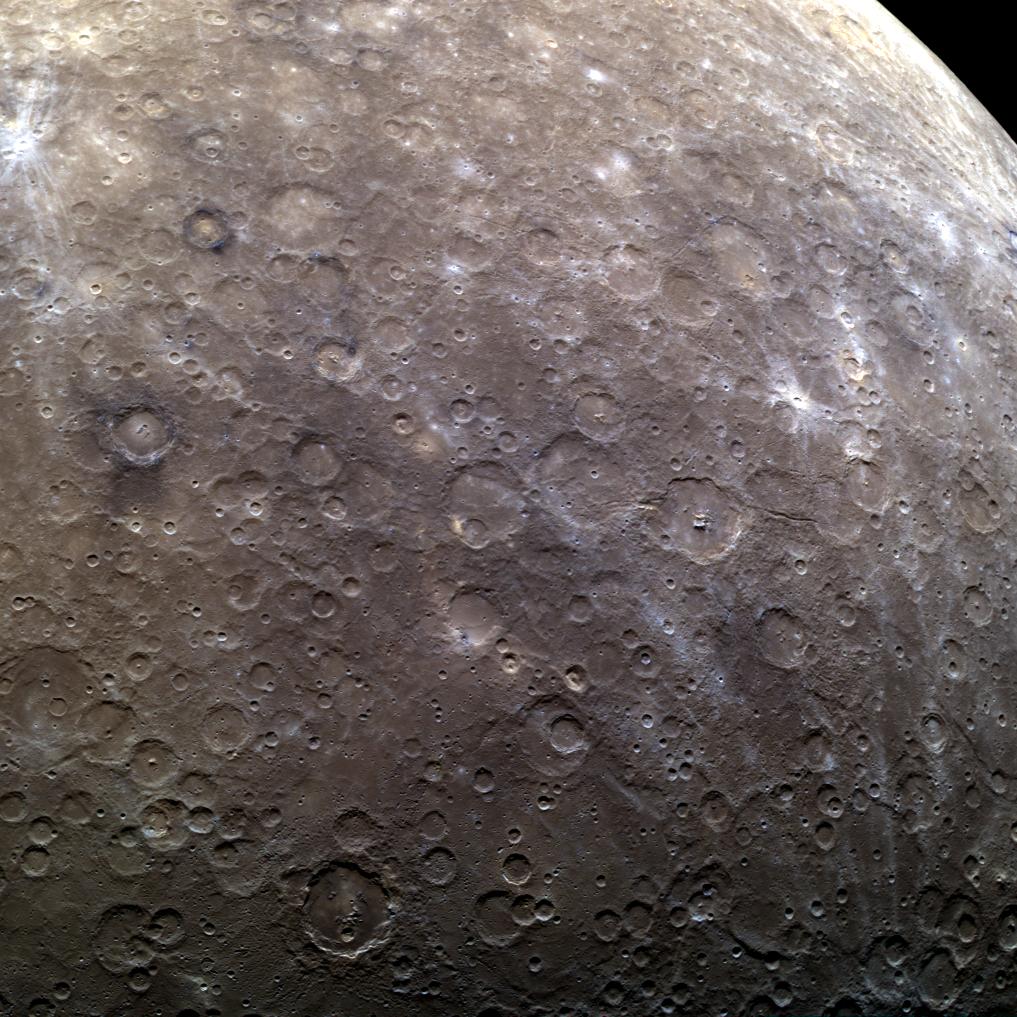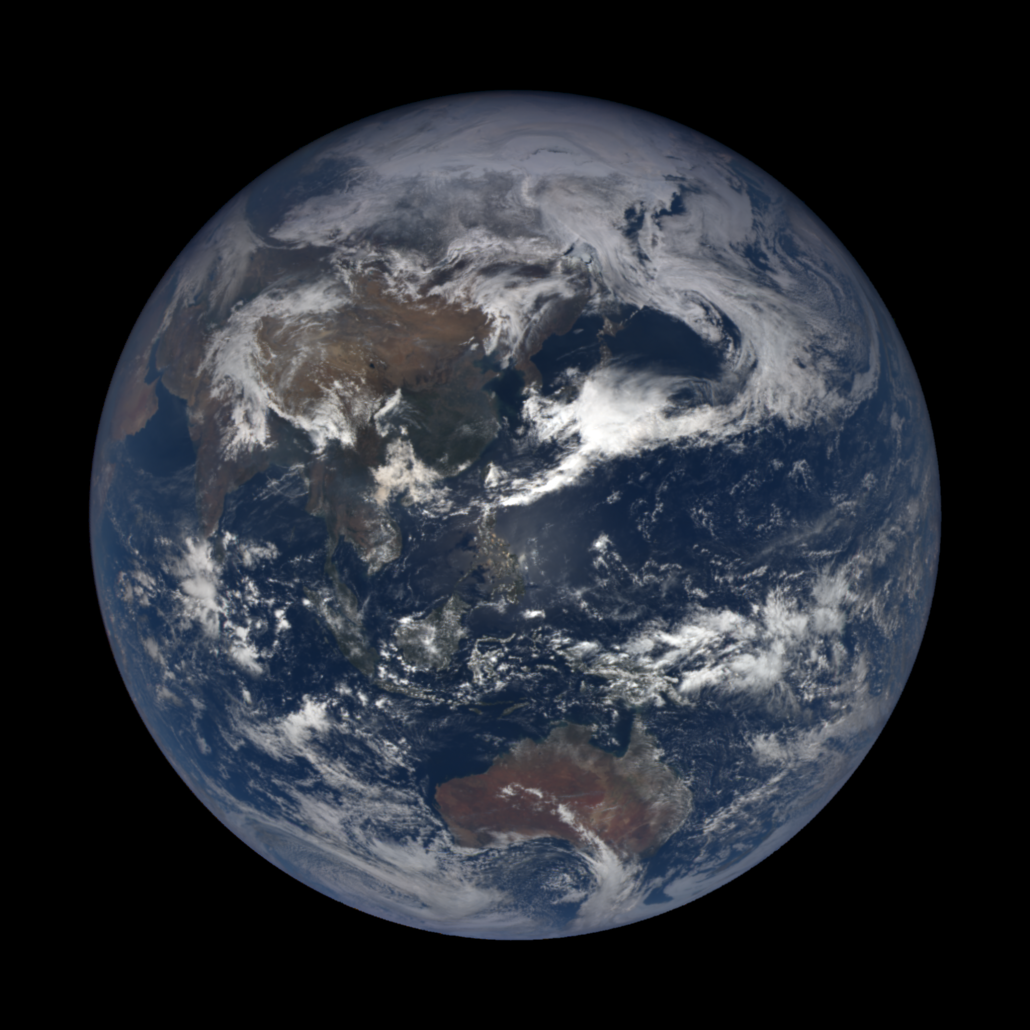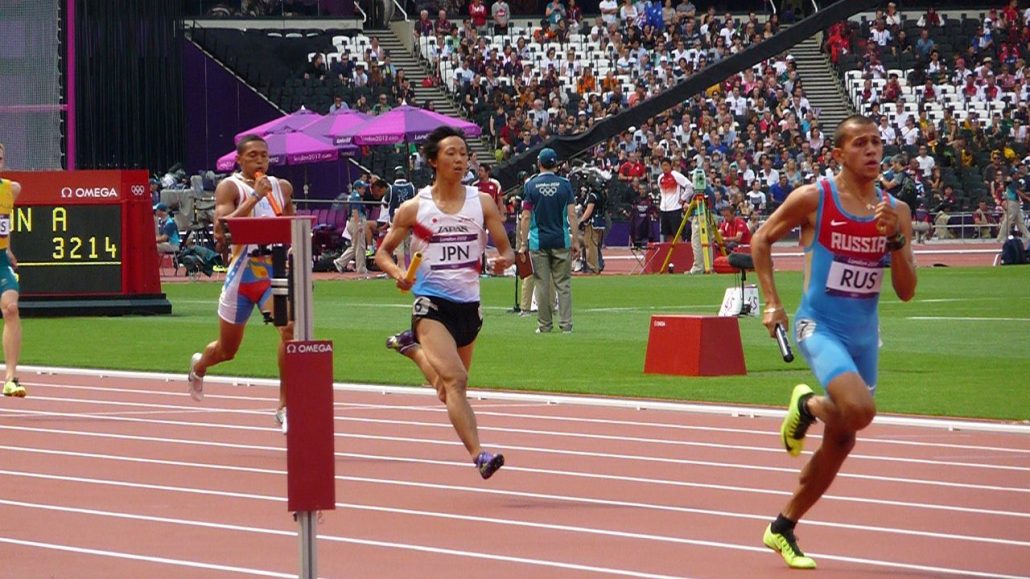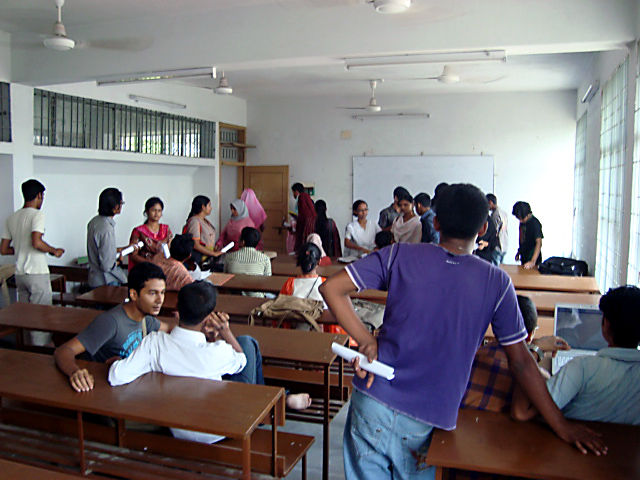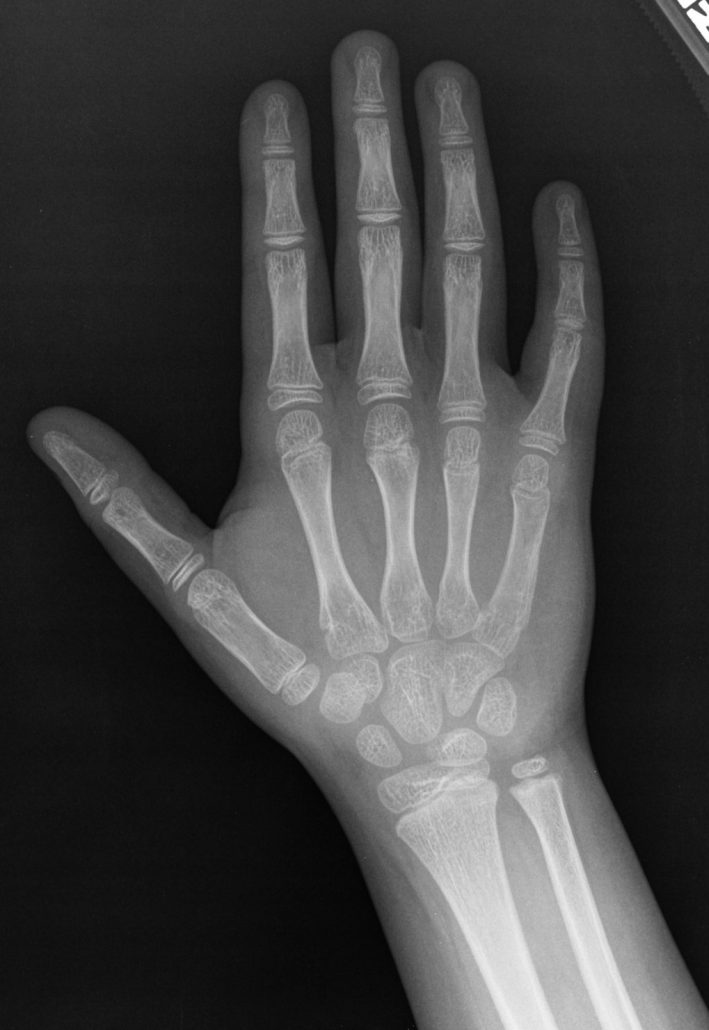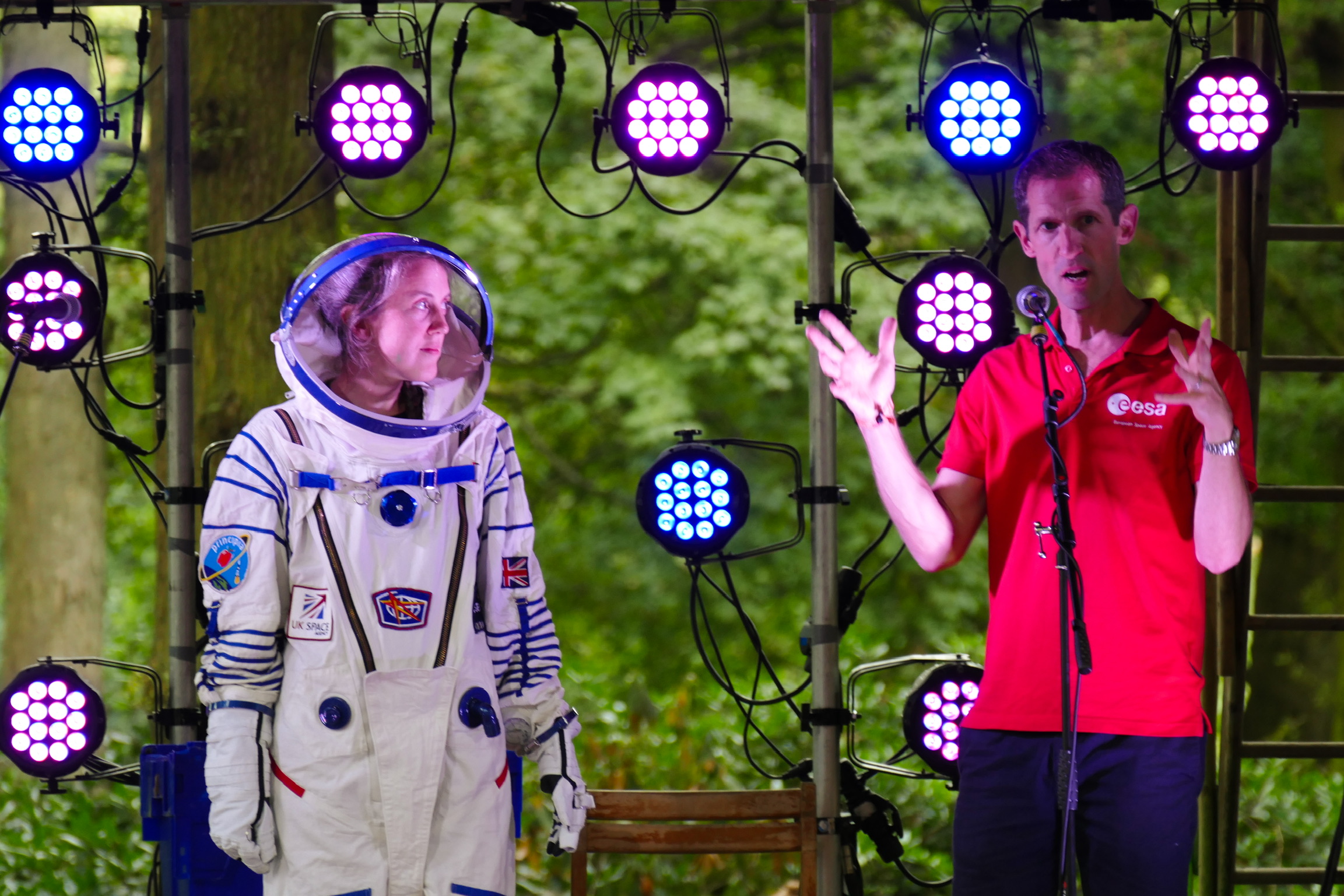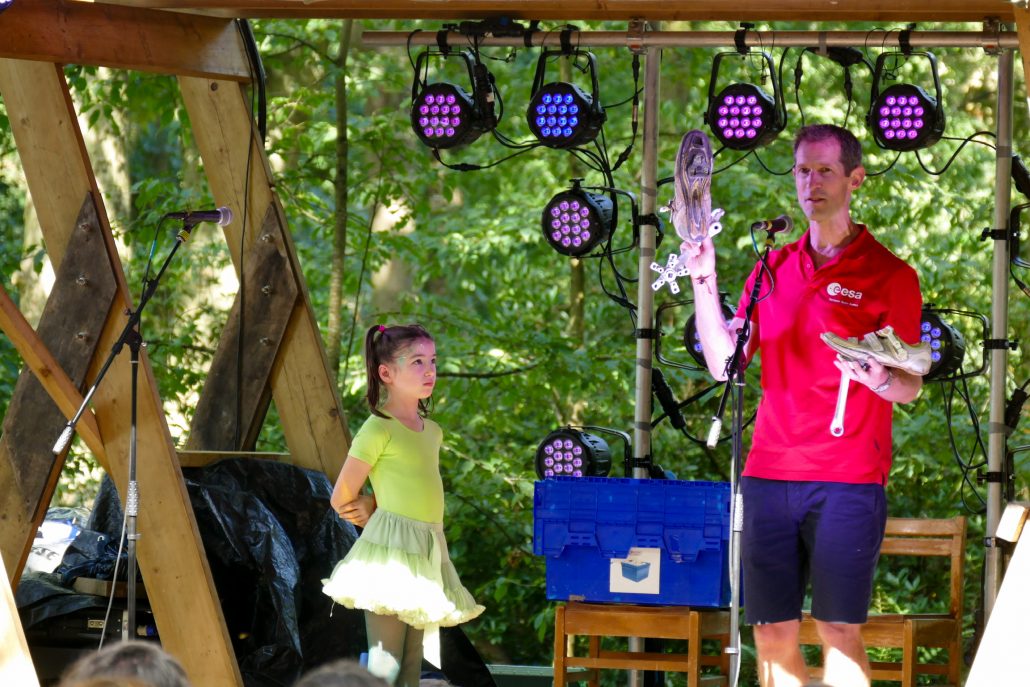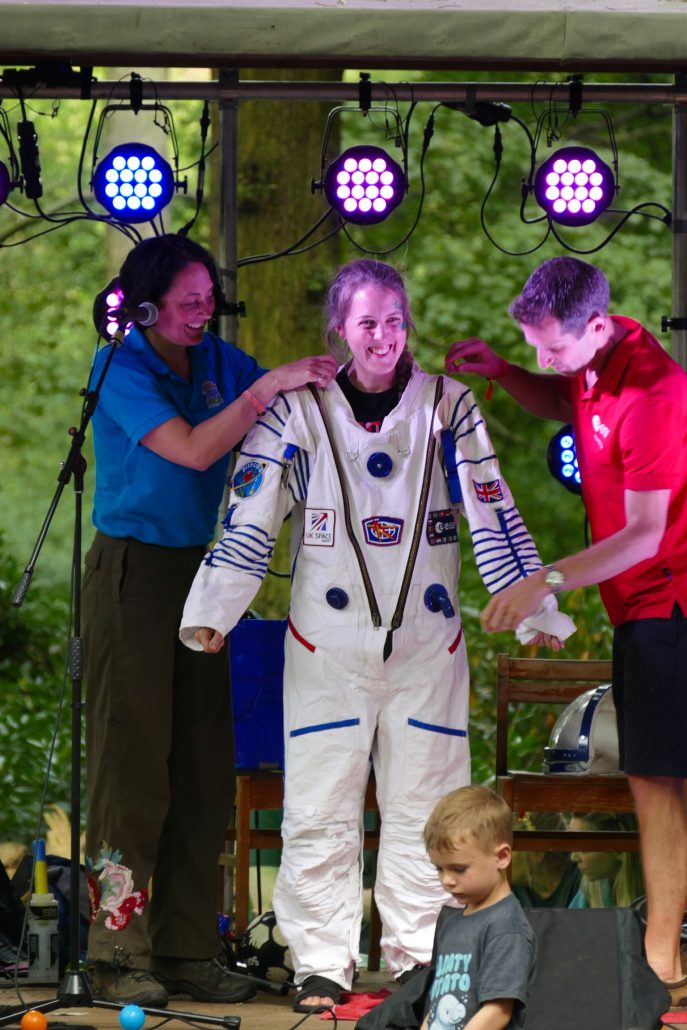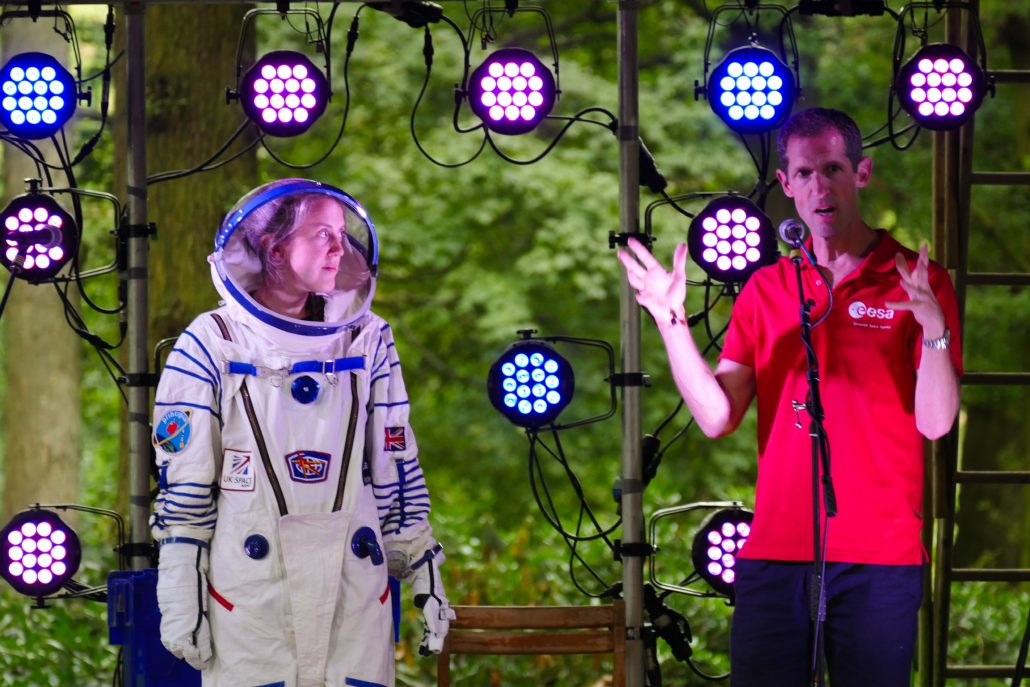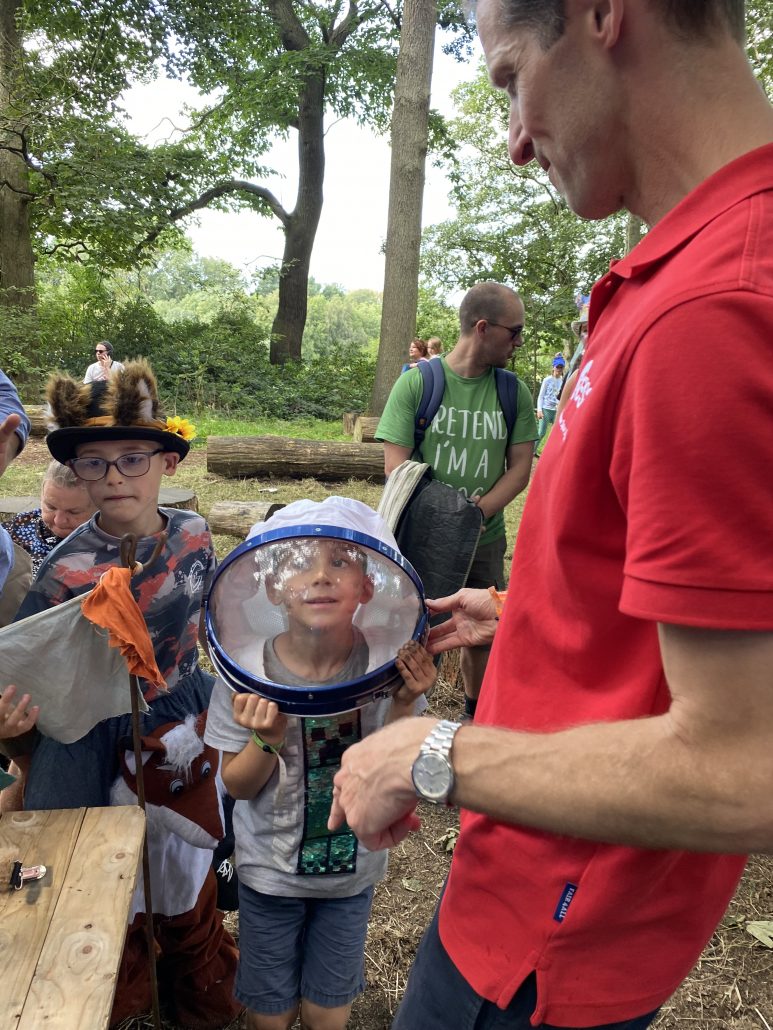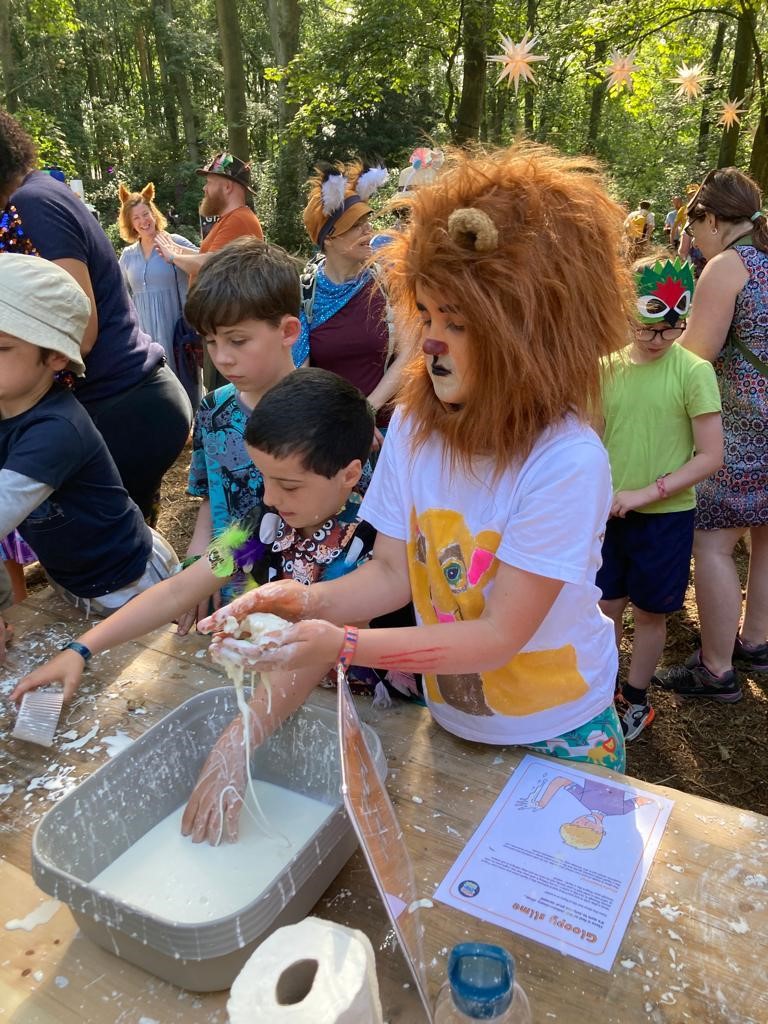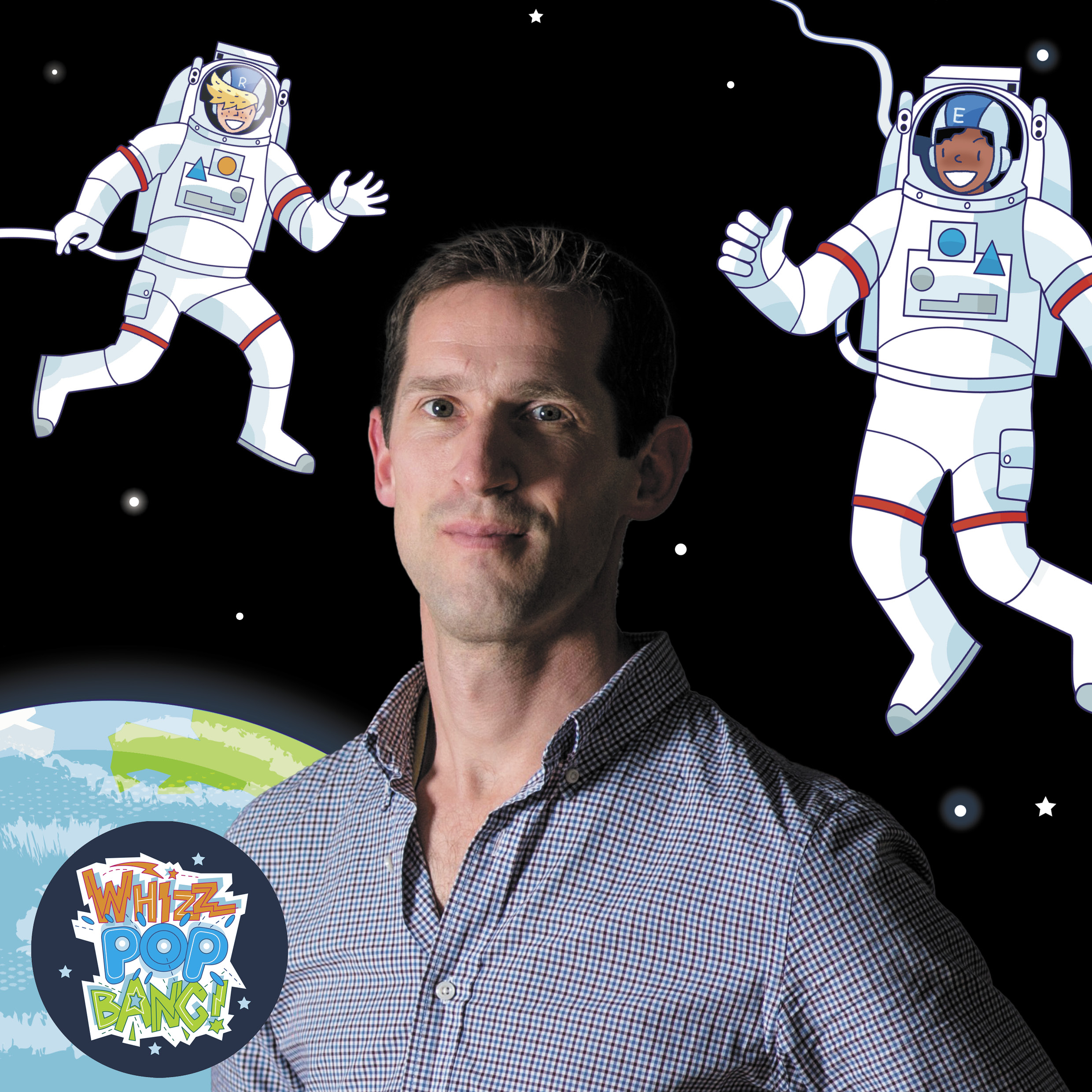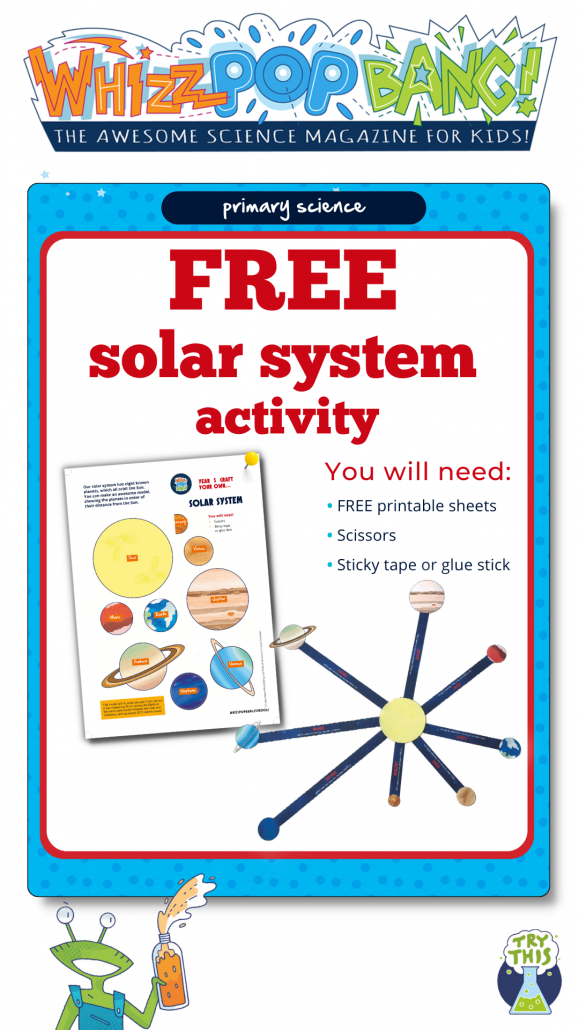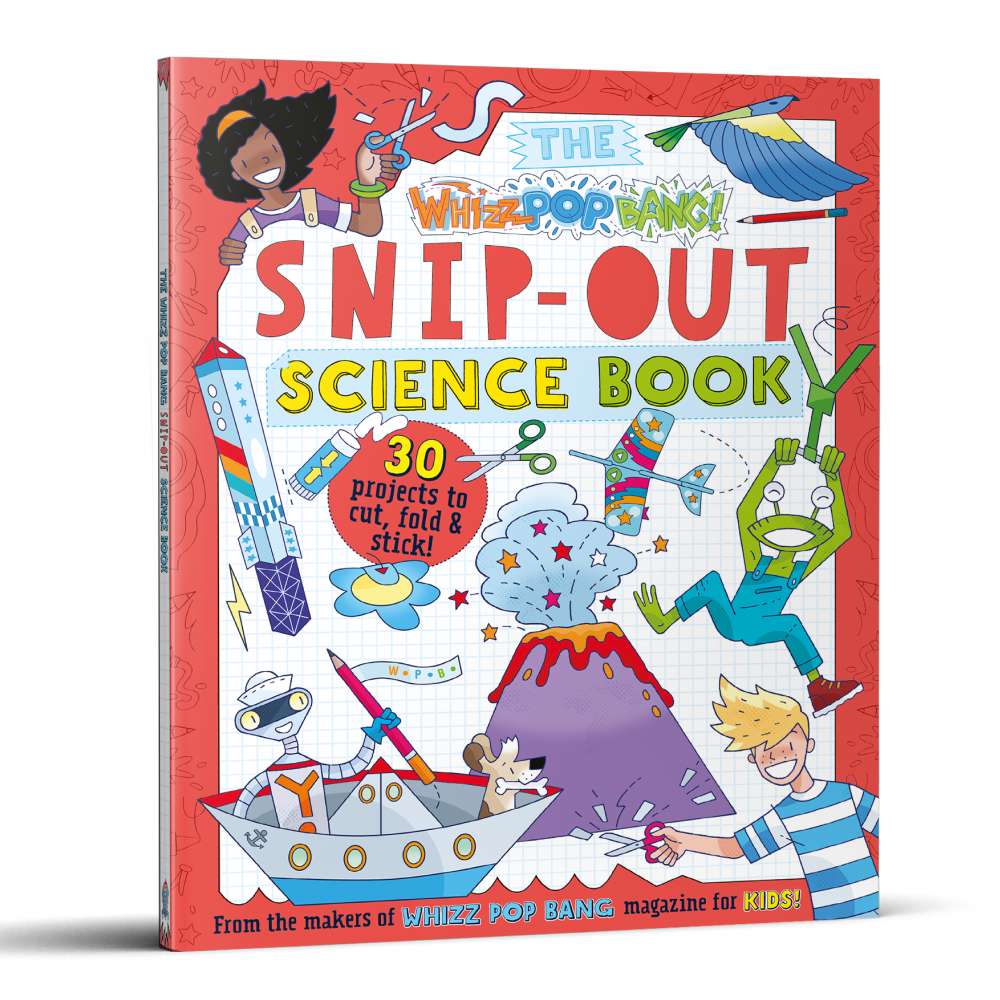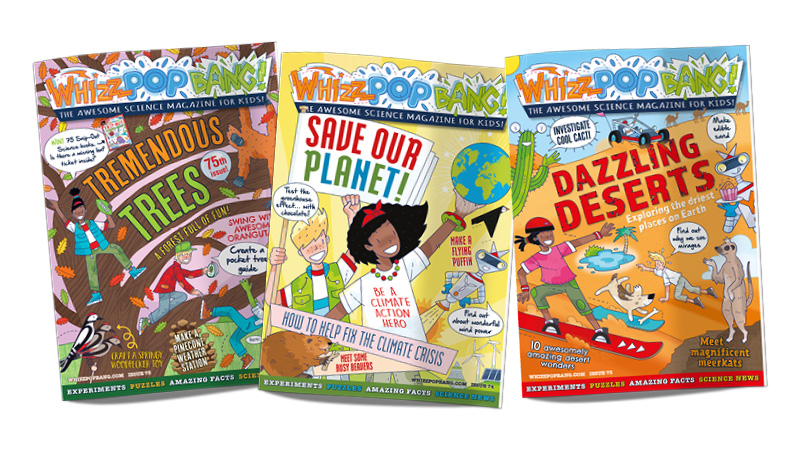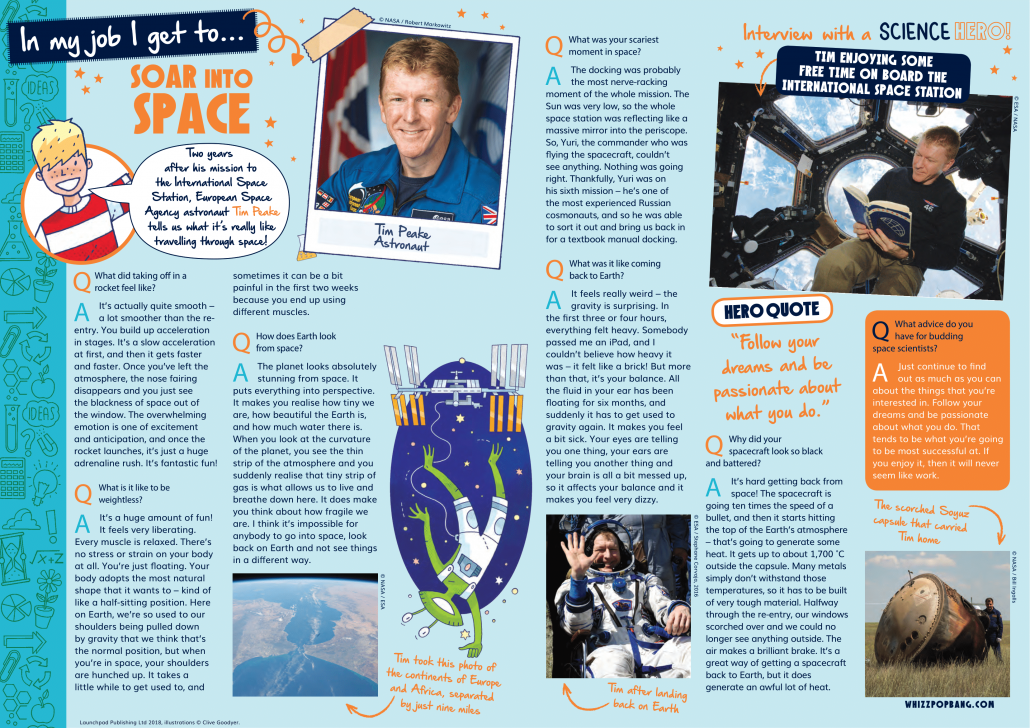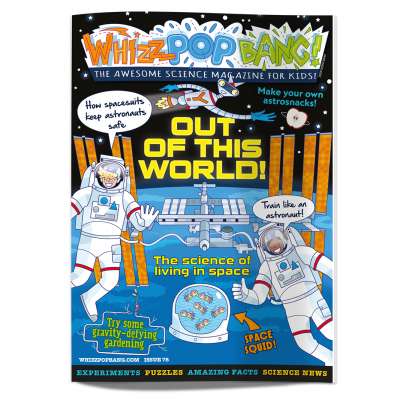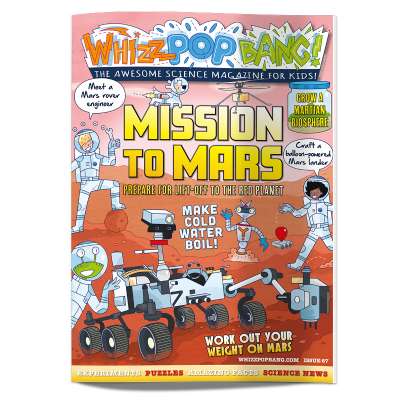Here’s your chance to win one of ten copies of The Science Museum Puzzle Book: Journey Into Space. Keep reading to tackle some of the intergalactic puzzles featured inside!
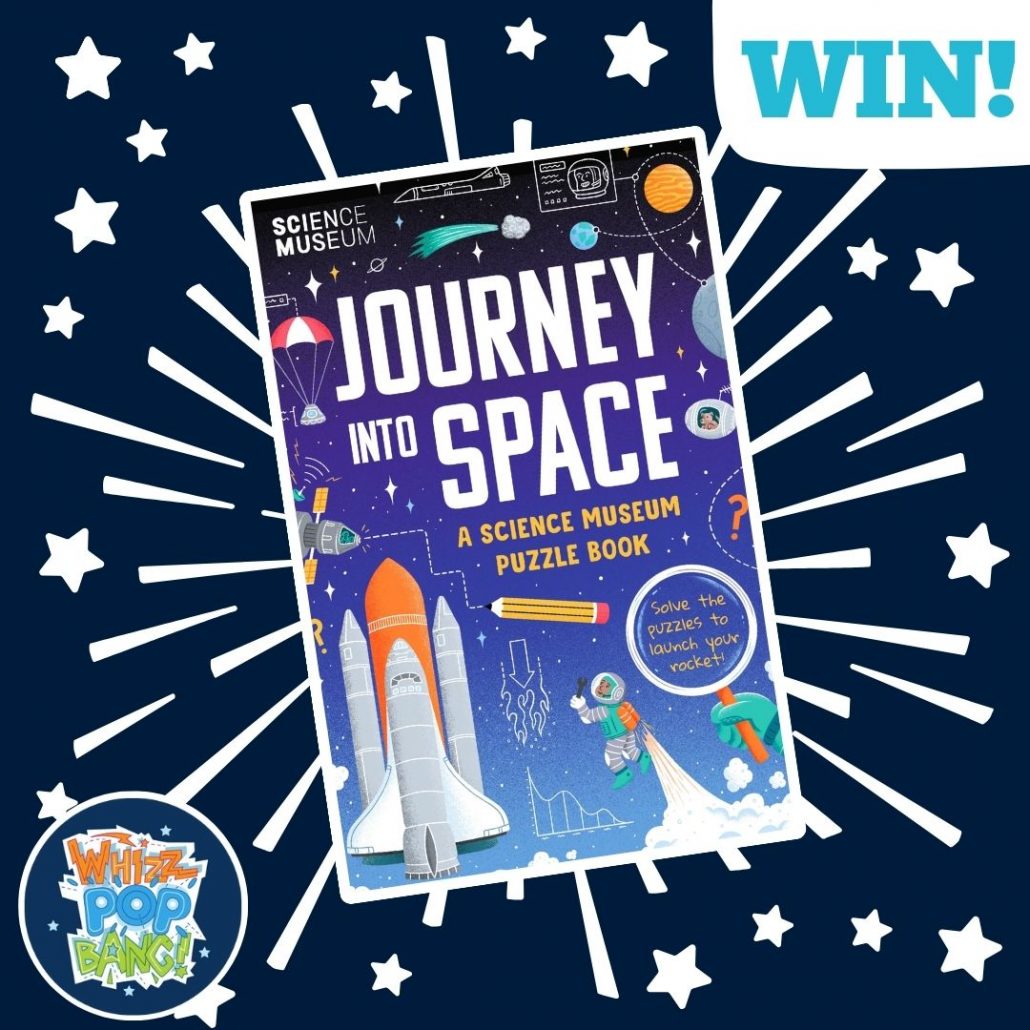
Plan a mission, train to be an astronaut, launch a rocket and discover what it’s like to live in space as you tackle the teasers in this brilliant puzzle book!
As well as over 100 space-themed puzzles, this book is stuffed with essential space facts and profiles of significant people and moments linked to space exploration.
Put your brain to the test with these puzzles, taken from Journey Into Space: A Science Museum Puzzle Book. You’ll find the competition below these puzzles.

Click here to find the answer.
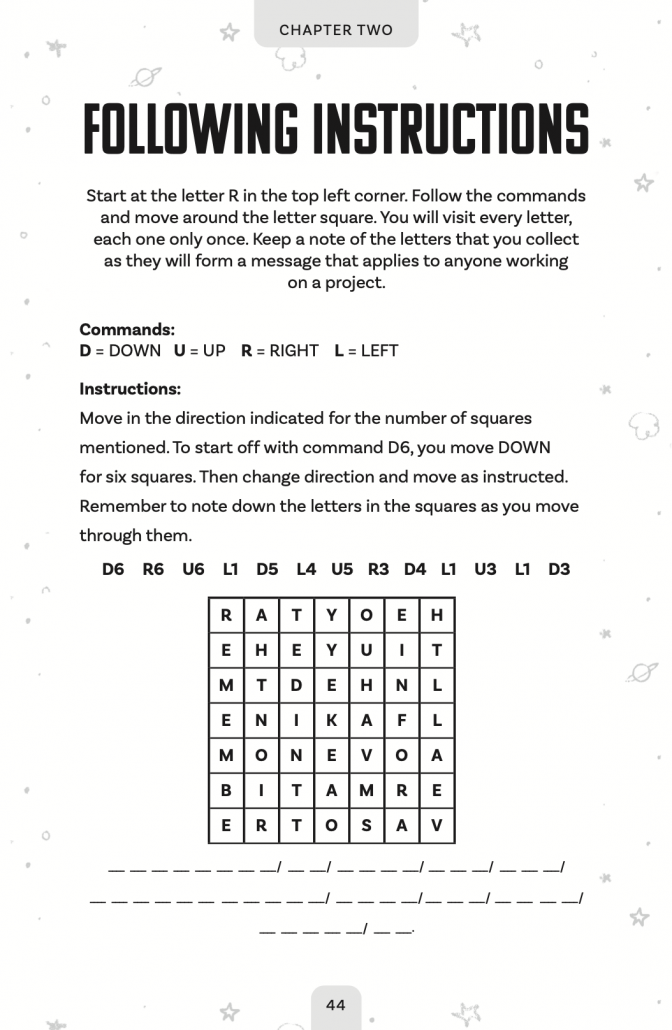
Click here to find the answer.

Click here to find the answer.
We’ve got ten copies of this book to give away! Simply answer the question in the comments to be in with a chance.
Which person has travelled into space?
A Helen Sharman
B Galileo Galilei
C Arthur C. Clarke
The Science Museum Puzzle Book: Journey Into Space by The Science Museum is published by Seven Dials available in trade paperback and eBook on 7th November 2024. RRP £14.99.
This competition closes at midnight on 30th November 2024 and is open to UK residents only. Whizz Pop Bang competition terms and conditions are here.




